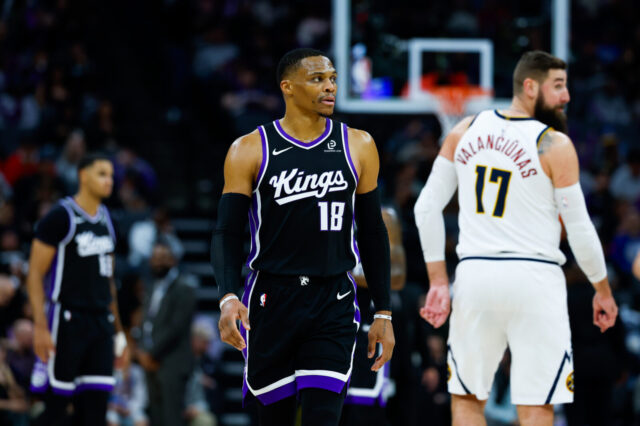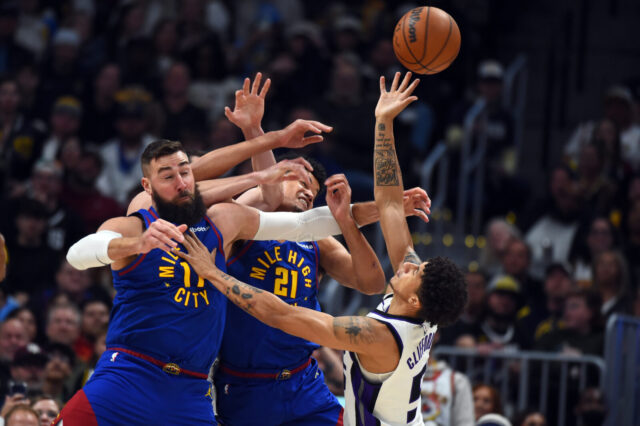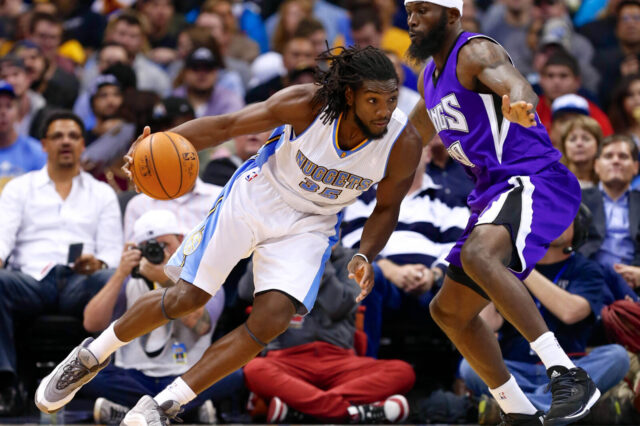In the second part of this series, we will be discussing the positions of the NBA Players Association and how they are involved in the NBA's new collective bargaining agreement negotiations.
This week we will explore the NBA Players Association’s (NBAPA) counter-proposal to the NBA owners proposal of February 2010 (revised May of 2011). Like last week, the purpose of this article is to break down the meaning of the main bullet points and give a basic overview of the situation.
The Players Position
On July 1st of 2010 the NBAPA made it’s long awaited counter-proposal to the NBA owners initial proposal from February of that year. The main bullet points include:
-
Loosening trade restrictions and concurrently raising the Base Compensation Rate (BCR) from 125% to 250% (Explanation: The BCR is the percentage any over-the-cap team can trade a player to another club. Essentially the trading team needs to trade within 125% plus $100,000 to consummate a trade) Also know as Base Year Compensation
-
Eliminating the bi-annual exception and replacing it with another mid-level exception
-
Loosening restrictions on restricted free agents
-
Returning the NBA age limit to 18
-
Offering to reduce the percentage of value added revenue from 57% in years with down revenue so struggling teams don’t have to make up the 57%. This percentage is called Basketball Related Income or BRI
The NBAPA also wants the details of the “financial model” to be collectively bargained, including an increased revenue sharing program that will be written into the next CBA. The Owners believe that any revenue sharing issue is to be resolved between owners and not up for negotiation during collective bargaining with the players.
The Goal
The object of the players initial proposal was to provide alternative remedies to the NBA’s current money problems to counteract the owners desire for a hard cap and non-guaranteed contracts. A revised proposal submitted by the players during the first week of the NBA finals in Miami is rumored to contain a “sliding scale” BRI to compensate for revenue lost during “down years”. This is important because the league’s own projected revenue losses have decreased by $70 million in three seasons (from a projected loss of $370 million to $300 million) without any contract change.
Will the players proposal help the revenue losses the NBA has incurred?
A bit, but certainly not to extent the small market NBA owners want. The league desires a complete overhaul of the economics governing the NBA right now, and they consider the Players proposals to be cosmetic. Which in essence they are. The Players are satisfied with their current arrangement with the league, additionally they have the crown jewel of the sports world – guaranteed contracts. The owners see this as one of their highest priorities and key to getting the NBA’s financial issues in order, the players will not be giving these up willingly.
The Problem
While the players have every right to defend an economic system that is beneficial to them, it must be pointed out that there is a reason this is called “bargaining”. The Players cosmetic proposals are designed to hold serve and the small market owners will reject such proposals out of hand. You see, the small markets feel poor because they are the ones losing money. They feel jilted because super teams are being formed in glamor/large markets at the expense of their teams. They feel like they cannot get equal footing in an NBA that’s tilted toward the big cities and marketing dollars … and in a very literal sense this is true. With the public spectacles of LeBron James and Carmelo Anthony this year, you can’t blame small to mid market owners for being a bit on the hurt side.
Two proposals that are serious are the raising of the Base Compensation Rate and the sliding scale BRI. The raising of the BCR will help teams move players with bad contracts, and the sliding scale BRI will allow individual teams to make financial cuts in down times. Still, NBA owners deem these proposals to be not far enough.
The Players need to start coming back toward the middle on this issue because the small market owners will gladly take a season without basketball over a season where they lose money. It has been said that only 8 of 30 teams are making money, with a ratio like that one can expect a shutdown without too much pain for the small market. With all the recent talk this week about the “seriousness” people are taking these discussions there’s three large elephants in the room that will likely hurtle this season in to some form of lockout.
In order of importance:
–Revenue sharing
–Hard cap
–Guaranteed Contracts
It’s very clear that the players have drawn a line in the sand on both a hard cap and guaranteed contracts. The NBA has tried on multiple occasions to obtain some sort of hard cap system and has only come as far as a soft cap with penalties. People point to the NFL as a shining example of the hard cap system, but quite frankly the NBA is not the NFL. The NFL has a robust revenue sharing system that virtually guarantees that teams make a profit, and TV money is uniform because every team get’s shown on the same networks.
There is an old axiom in Labor disputes that says “if you give it up you will never get it back“… and that is exactly the way the players feel about guaranteed contracts. Owners hate them, players love them. Don’t look for the players to give up willingly their right to guaranteed contracts unless there’s a creative compromise that allows players to retain the bulk of their contracts and still allow owners to shuttle off under-performing players who drag the team payroll down (hello Eddy Curry). Whereas the owners would prefer a contract system that is similar to the NFL where players are guaranteed signing bonuses (which are tied to a percentage of the contract) and then have contracts with “play based” bonuses and incentives (in which a large percentage of the average player population never sees a dime).
The players have tried to tie these collective bargaining agreement talks to a robust revenue sharing plan by the owners. In essence to force the owners into addressing the problems with themselves while reducing labor costs. Hopefully this will result in a comprehensive plan that includes both revenue sharing and improve the bottom line.
Still, at this point, no one … not even David Stern, knows what the outcome will be when we reach June 30th.


